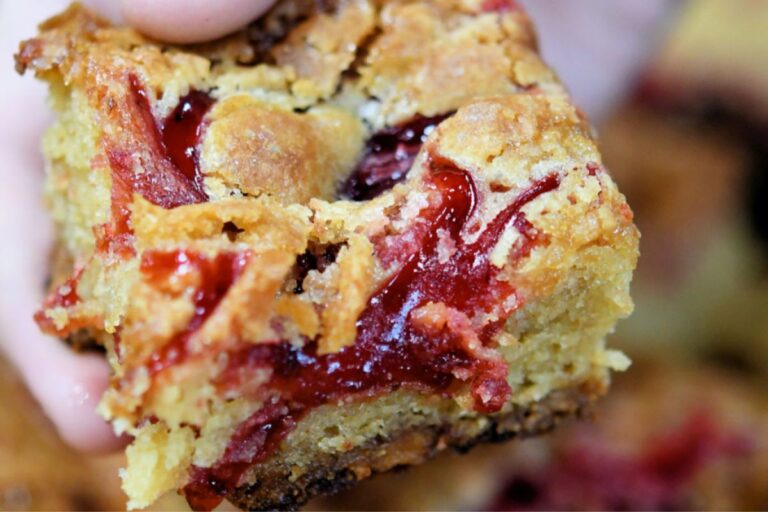15 American Foods Europeans Find the Weirdest
America is home to a vast array of culinary creations that reflect its diverse culture, but not all of these foods are universally loved. Many Europeans find certain American dishes and food combinations to be peculiar if not downright baffling.
From sugary snacks to unique flavor pairings, these foods often leave Europeans wondering how they became so popular. Here are 15 American foods that Europeans find the strangest.
Macaroni and Cheese

Macaroni and cheese is a beloved comfort food in America, often made from boxed kits that include powdered cheese. Europeans find the idea of using processed cheese in such a dish to be odd.
In Europe, pasta is typically served with fresh ingredients and more refined sauces. The bright orange color of the cheese sauce can be particularly unappealing. Despite this, mac and cheese is a staple in many American households, loved for its simplicity and creamy, cheesy flavor.
Cereal with Marshmallows

Breakfast cereals in America often include colorful marshmallows, which can be puzzling to Europeans. Cereals like Lucky Charms, with their sweet, sugary bits, seem more like a dessert than a breakfast.
In Europe, breakfast cereals are usually less sweet and more focused on grains or fruits. The idea of starting the day with such a sugary meal is strange to many Europeans. Nonetheless, marshmallow-laden cereals remain popular in the U.S., especially among children.
Chicken and Waffles
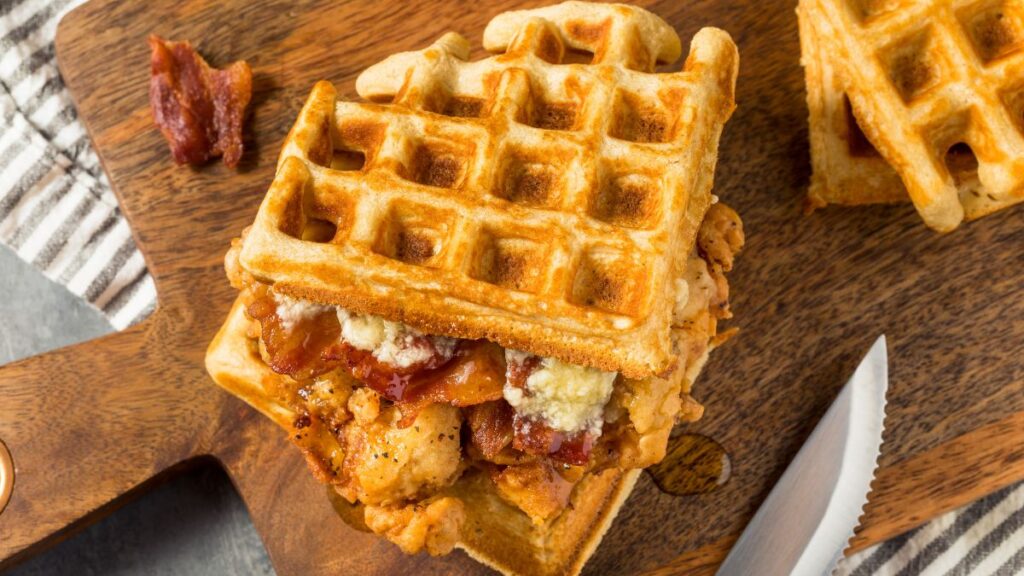
Chicken and waffles is a classic dish in the United States, particularly in the South. The combination of savory fried chicken with sweet waffles, often drizzled with syrup, is unusual to Europeans.
They find the mix of sweet and savory flavors to be confusing, as it’s not a typical pairing in European cuisine. In the U.S., however, this dish is celebrated for its contrast of textures and flavors, making it a favorite brunch item.
Velveeta Cheese
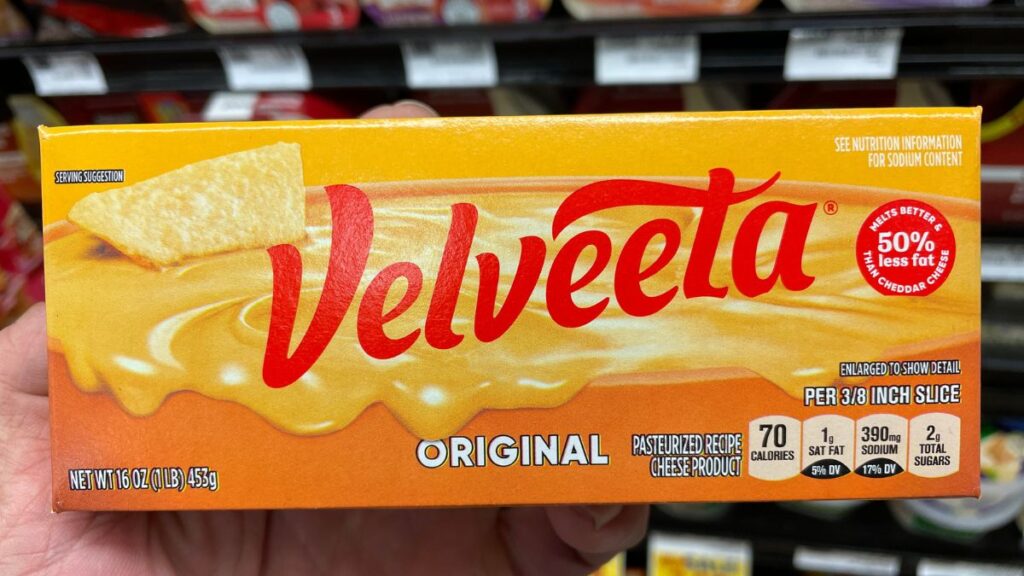
Velveeta is a processed cheese product that is often used in American cooking, particularly for making creamy cheese sauces. Europeans are often taken aback by its smooth, almost plastic-like texture and its intense orange color. The fact that it doesn’t need to be refrigerated until opened adds to its strangeness.
In Europe, cheese is typically more natural and aged, with a variety of textures and flavors. Velveeta, however, is prized in the U.S. for its meltability and use in comfort foods like queso dip.
Grape-Flavored Everything
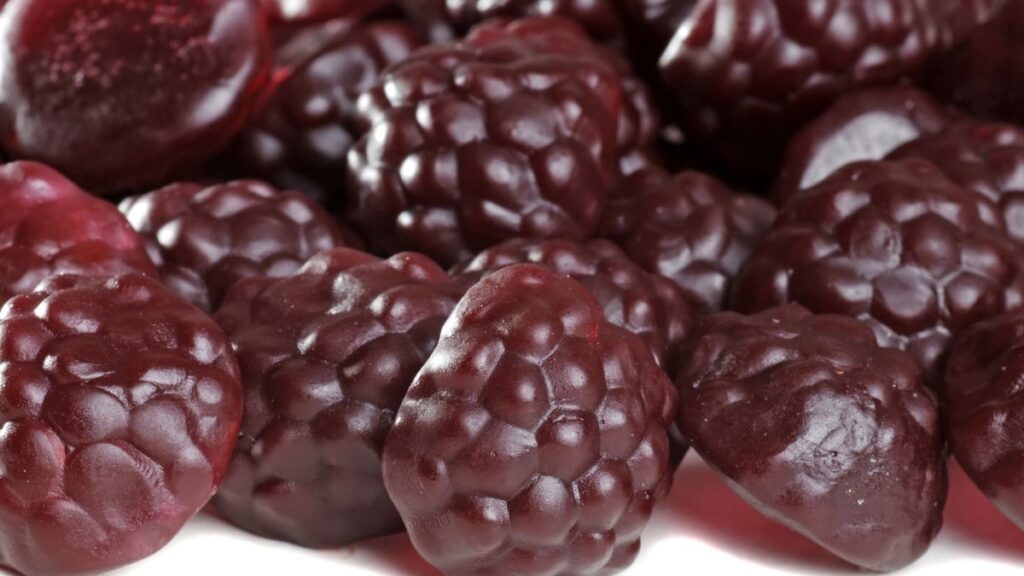
Grape-flavored products, such as soda, candy, and jelly, are ubiquitous in the U.S., but Europeans often find this flavor to be artificial and overly sweet. The taste of grape-flavored items in America is quite different from the actual fruit, which can be confusing to those not accustomed to it.
In Europe, fruit flavors in food products are usually more subtle and natural. Despite this, grape flavoring remains a popular choice in the U.S., especially in snacks and beverages.
Bacon-Wrapped Foods

Americans love to wrap various foods in bacon, from shrimp to dates, to make them extra indulgent. Europeans find this obsession with bacon-wrapped items to be peculiar, particularly when it comes to wrapping already fatty foods like hot dogs or burgers.
While bacon is enjoyed in Europe, it’s usually served on its own or as part of a balanced dish. The American tendency to use bacon as a wrapping for almost anything is a novelty that many Europeans don’t quite understand.
Sliced Bread with Everything
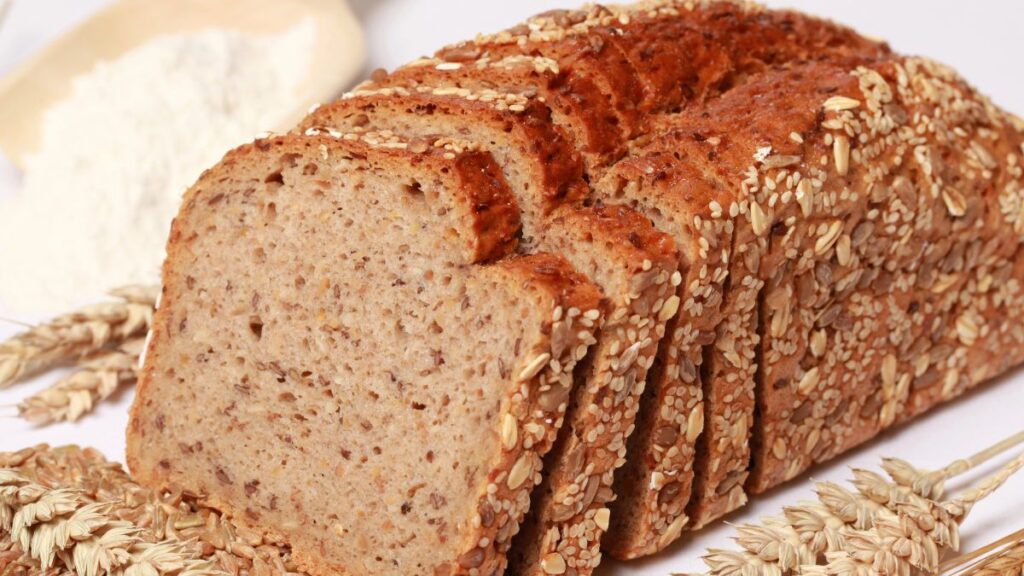
In America, sliced bread is a versatile staple that’s used in a variety of dishes, from sandwiches to toast. Europeans often find the widespread use of soft, pre-sliced bread to be odd, especially when it’s used with ingredients that would traditionally be served with crustier, artisan-style bread.
In Europe, bread is often freshly baked and chosen to complement the meal. The American preference for uniform, sliced bread can seem strange to those used to a wider variety of bread options.
American Cheese
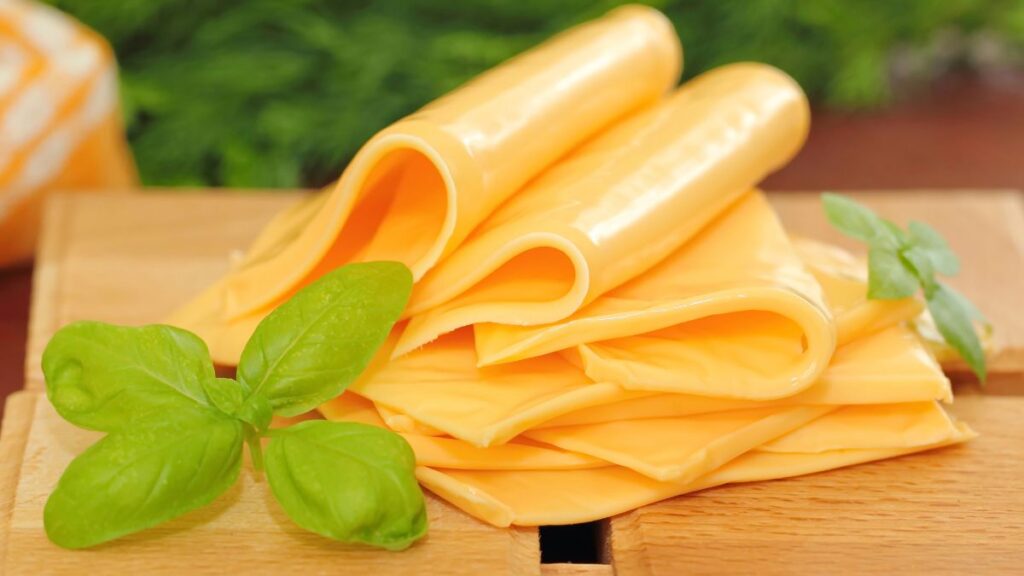
American cheese, which comes in individually wrapped slices, is another food that Europeans find strange. Its texture and flavor are quite different from those of the cheeses they are accustomed to, and the fact that it doesn’t resemble any specific cheese variety is confusing.
In Europe, cheese is typically more flavorful and aged. Despite this, American cheese is widely used in the U.S. for burgers and sandwiches, appreciated for its reliability and a mild taste.
Pumpkin Spice Everything

In the fall, America goes crazy for pumpkin spice-flavored products, from lattes to cookies to even savory items. Europeans often find the widespread use of pumpkin spice to be excessive and strange.
In Europe, pumpkin is generally used in savory dishes, and the combination of spices like cinnamon, nutmeg, and cloves is more often associated with holiday desserts. The American pumpkin spice trend, however, has become a cultural phenomenon, with fans eagerly anticipating its seasonal return.
Spray Cheese

Cheese in a spray can, also known as aerosol cheese, is a novelty that many Europeans find bizarre. The concept of spraying cheese onto crackers or directly into one’s mouth is amusing and strange to them.
In Europe, cheese is usually enjoyed in its natural form, cut from a block or wheel. Spray cheese, with its processed taste and unusual method of delivery, is a distinctly American product that doesn’t have a counterpart in European cuisine.
Pickles on Everything
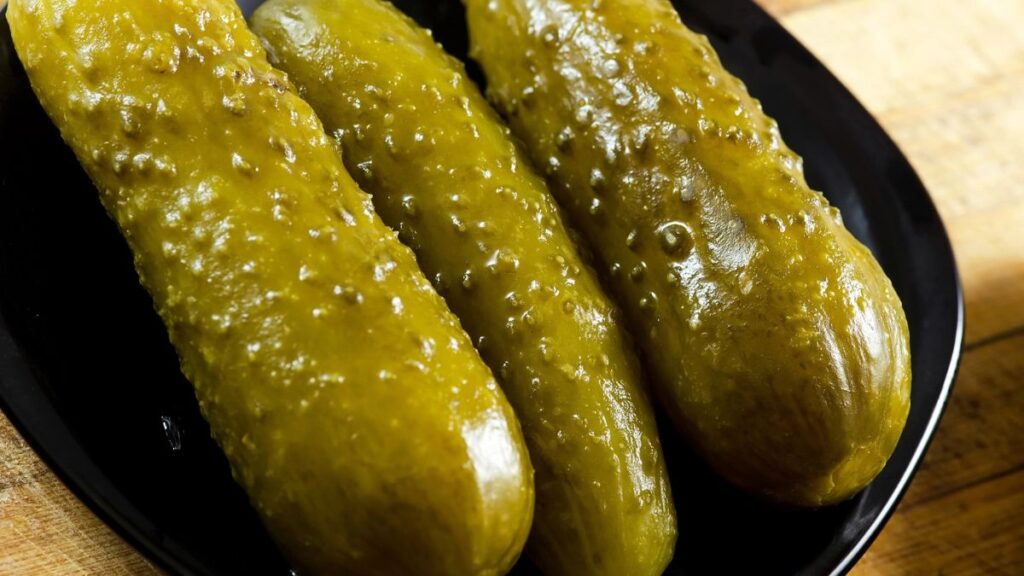
In the U.S., pickles are a common addition to a wide variety of dishes, from sandwiches to burgers, and even in some unexpected places like pizza. Europeans often find the American love for pickles to be peculiar, especially when they are added to dishes that wouldn’t typically include them in Europe.
Pickles are usually served as a standalone side or part of a charcuterie board in Europe. The American habit of adding them to almost everything is something that many Europeans find odd.
Casseroles with Condensed Soup
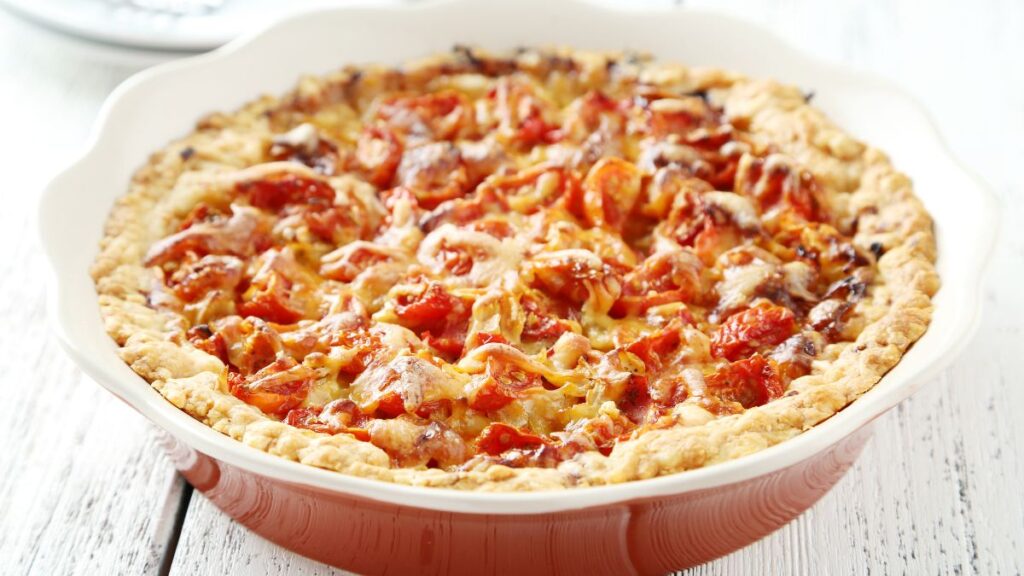
Many American casseroles are made using condensed soups as a base, which can be strange to Europeans. The idea of using a canned soup to create a creamy sauce for a baked dish is not common in Europe, where sauces are typically made from scratch.
The taste and texture of these casseroles can be unusual to those not accustomed to them. In America, however, these dishes are cherished for their convenience and comfort, often passed down through generations as family recipes.
Marshmallow Fluff

Marshmallow Fluff, a spreadable marshmallow cream, is often used in American desserts and sandwiches, like the Fluffernutter. Europeans find this product odd, especially when it’s used as a sandwich filling.
The idea of spreading something so sweet and sugary onto bread is unusual in Europe, where spreads are typically more savory or fruity. Despite this, Marshmallow Fluff has a dedicated fan base in the U.S., loved for its sweet, fluffy texture.
Sugary Sweet Tea

In the Southern United States, sweet tea is a staple beverage, often brewed strong and sweetened with copious amounts of sugar. Europeans, especially those from countries where tea is enjoyed plain or with a bit of milk, find this overly sweet version of tea to be strange.
The idea of drinking something so sugary as a regular refreshment is unusual in Europe. Despite this, sweet tea is a beloved drink in the American South, often served ice-cold on hot summer days.
Kool-Aid
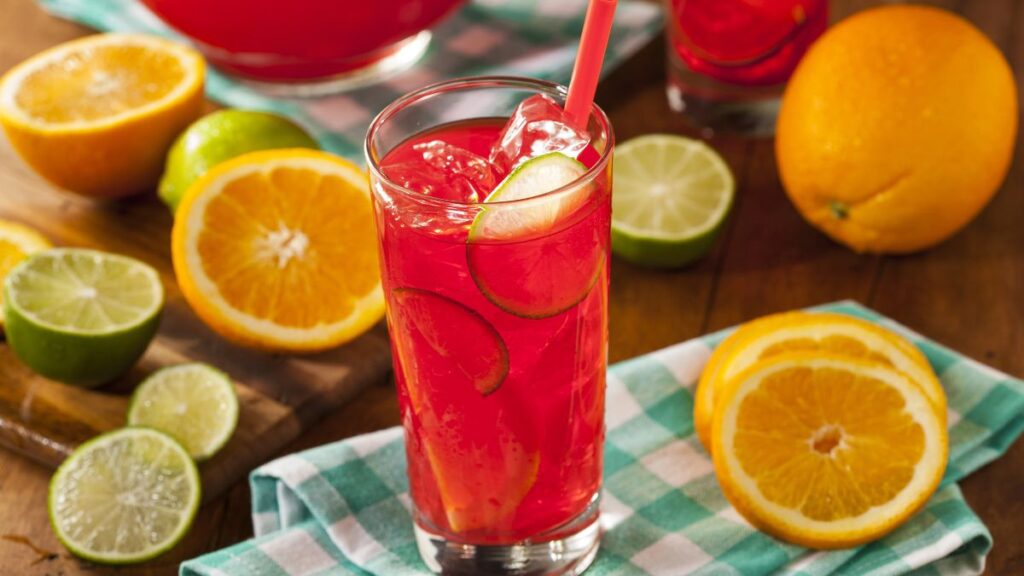
Kool-Aid, a brightly colored powdered drink mix, is a nostalgic treat for many Americans, but Europeans often find it strange. The intense artificial flavors and colors are unlike anything commonly found in Europe, where fruit juices and flavored waters are more natural.
The process of mixing the powder with water and sugar to create a sweet drink is also unusual to Europeans. In the U.S., however, Kool-Aid is a popular, budget-friendly option for kids and families.
Eating Right With Type 2 Diabetes: Stay Away From These 15 Foods

Managing type 2 diabetes involves making careful food choices to keep your blood sugar levels stable. Some foods can cause your blood sugar to spike, making it harder to manage your diabetes.
Eating Right With Type 2 Diabetes: Stay Away From These 15 Foods
15 Foods That Are Becoming Too Expensive To Buy Due To Skyrocketing Prices

Food costs have been steadily rising in recent years, impacting households worldwide. Various factors, such as climate change, supply chain disruptions, and increased demand, have contributed to the soaring prices of many staple foods.
15 Foods That Are Becoming Too Expensive To Buy Due To Skyrocketing Prices


